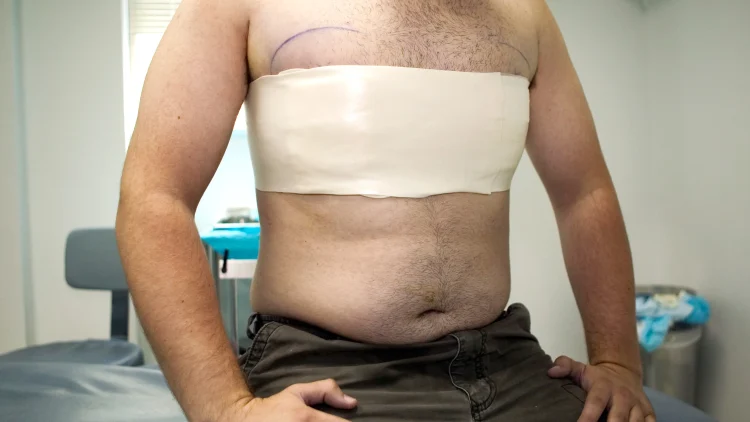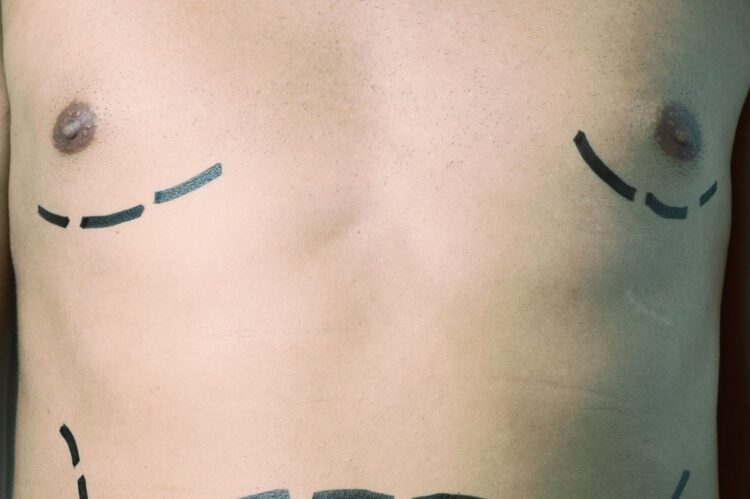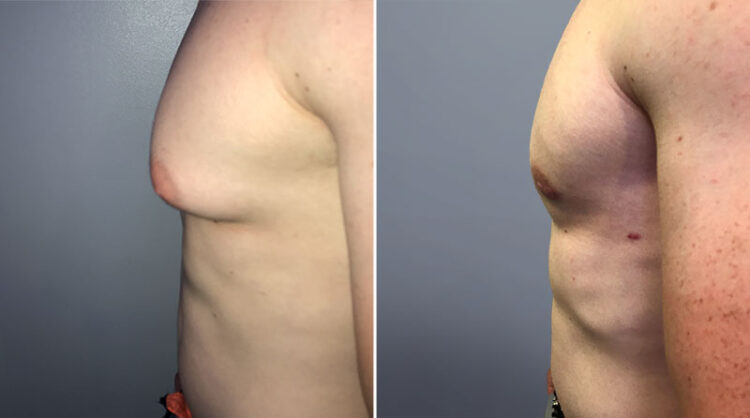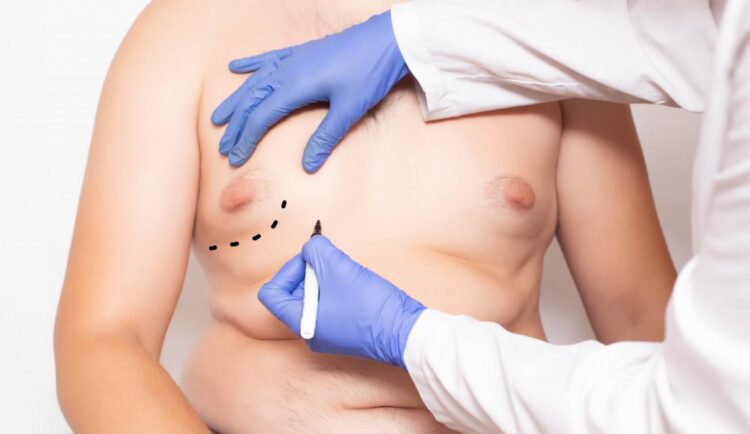
Man breasts, medically known as gynecomastia, is a common condition in men and are characterized by an increase in the amount of breast gland tissue or fat, resulting in abnormally large breasts. While this condition is associated with genetics and hormonal fluctuations, other factors such as medications and an underlying medical condition can also cause gynecomastia.
If you have abnormally large breasts, you are more likely to experience pain, tenderness, and skin irritation. From a psychological point of view, this condition can also affect your self-esteem, resulting in social isolation and depression. While gynecomastia is not life-threatening, there is a way to address this condition through a surgical procedure known as man breasts surgery or reduction. Read on to know more about this procedure.

Male Breast Reduction Removes Excess Breast Fat, Tissue, and Skin
Depending on your breast condition, you may require liposuction alone or it can be combined with surgical excision. If your enlarged breasts are caused by excess fat, liposuction will be performed by creating a small incision in your breasts. Through this incision, a small, thin tube attached to a powerful suction will be inserted to remove the fat from the area. If you have excess tissue and skin, surgery will be performed to sculpt the area. In most cases, liposuction is combined with surgery for optimal results.
A Stable Weight is required for you to become a Good Candidate
To achieve the best clinical outcome and lower your risk of complications, you should be within 30 to 40 pounds of your ideal body weight. If you gain a lot of weight after reduction, the remaining fat cells in your breasts can expand or increase in size. This can cause your breasts to become abnormally large again. For this reason, it is important to keep in mind that the procedure will not prevent you from gaining weight so you will need to commit to a healthy diet and regular exercise if you want to maintain the results.

There are Risks and Complications associated with Male Breast Reduction
All surgeries come with potential risks and complications. According to CosmosClinic, some problems that you can experience following male breast reduction are:
- Accumulation of fluid under your skin
- Anaesthesia risks (difficulty breathing, itchy skin, and other allergic reactions)
- Blood clot formation
- Breast asymmetry
- Delayed wound healing
- Infection
- Nerve damage
- Skin discolouration
- Temporary numbness
- Unfavourable scarring
You need Good Skin Elasticity for Best Results
If you have highly elastic skin in your breast region, you have a very good chance of achieving a more masculine chest. After reduction surgery, your skin and tissue will begin to contract and settle as you heal. Normally, your breast skin will appear tighter and firmer if you have good skin elasticity. However, if you have poor skin elasticity, you might develop skin sagging and poor cosmetic results because your skin may not be able to contract.

Compression Garments will help Shape your Results
As you recover from reduction surgery, your skin will contract and settle. This allows your skin to adjust to the new contours of your breasts. By wearing your compression garments religiously, it controls swelling and facilitates skin retraction. The continuous pressure applied by this special type of clothing also provides support to your breasts as you engage in daily activities. For best results, you can remove your compression garments when showering only and then apply them again afterward.
Male Breast Reduction can improve your Self-esteem
Abnormally large breasts can have a negative impact on your social, emotional, and mental health. Because of poor body image, you may develop insecurities that can cause social anxiety, depression, and low self-confidence. By removing the excess fat, tissue, or skin in your breasts, the procedure helps you achieve a more sculpted and masculine-looking chest. This gives you an instant boost in self-esteem which allows you to take back control of your life.

Physical Discomforts can be alleviated with Male Breast Reduction
Excess fat, tissue, and skin in your breasts can have a negative impact on your overall health. With abnormally large breasts, you are more likely to experience pain, tenderness, and skin irritation. You can also develop back pain due to the increased weight in front of your chest. In addition, low self-esteem can also cause you to adapt to a humped-back appearance as you try to make them look smaller and less obvious, contributing to back strain. Reduction can help reduce these discomforts by improving your contour and removing the extra weight on your chest.
You should be in Good Overall Health before having Male Breast Reduction
To lower your risk of complications, you should be in good overall health. The procedure is not right for you if:
- You have bleeding or clotting disorders.
- You have a serious medical condition such as heart disease, diabetes, or lung problems.
- You are a smoker.
- You are taking medications or supplements that can increase your risk of bleeding, bruising, and other untoward signs and symptoms.

Scars are Inevitable after a Male Breast Reduction
As with any surgical procedure, scars will form after the incisions have fully healed. While scars are inevitable after a reduction, they will lighten over time. To reduce scar visibility, the procedure involves placing the incisions underneath your breast fold and in less visible areas.
Male Breast Reduction cannot Stop the Effects of Ageing on your Breasts
Ageing is an inevitable process and it can cause your breasts to sag and become less masculine. While reduction can help address gynecomastia, this procedure cannot stop age-related changes in your breasts. Because of this, you will need another surgery in the future to improve the appearance of your breast and chest area.
Male breast reduction can help address both your cosmetic and health concerns associated with excess fat, tissue, or skin in your breasts. Knowing all the vital information regarding the surgery can help with your decision-making process and allows you to better prepare for this life-changing procedure.











